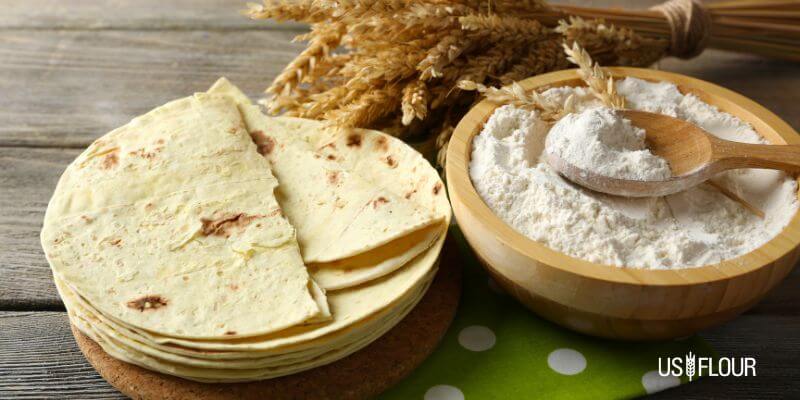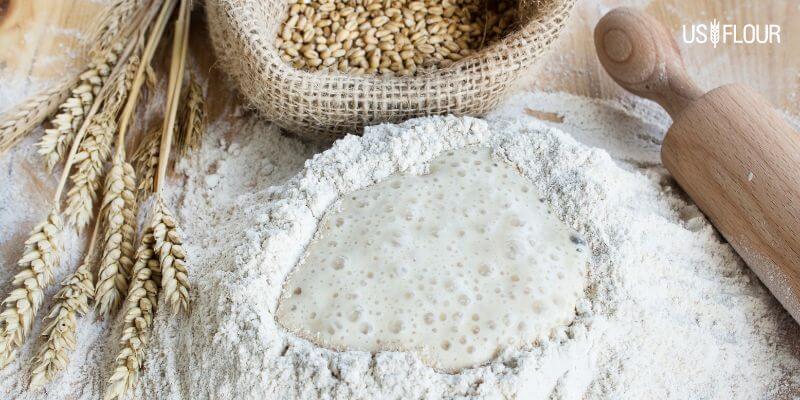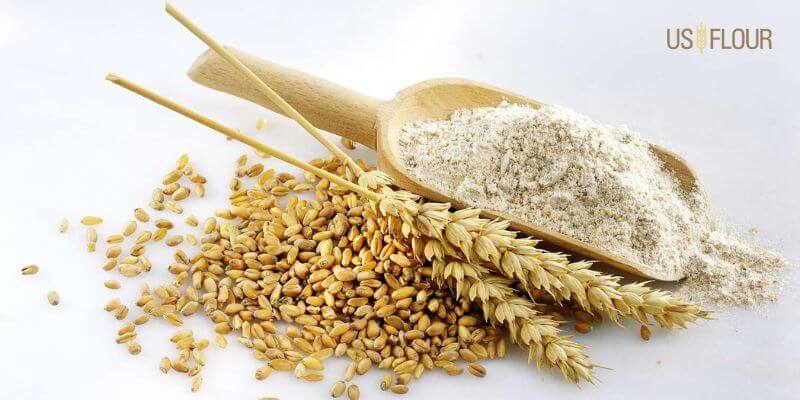Beyond White Flour: Harnessing the Power of Whole Wheat for Healthier Baking

Production of white flour is made with only the endosperm, with both the bran and germ removed. Going beyond this type of flour, whole wheat flour is produced by grinding together the endosperm, germ, and bran. This type of flour is a common ingredient for healthy baking because of its many nutritional benefits.
What Is Whole Wheat Flour?

Making whole wheat flour involves the grinding of the whole wheat kernel. The bran, germ, and endosperm are what make up the kernel. The kernel’s outer shell is hard and known as the bran. It is packed with nutrients and fiber.
The middle part of the kernel is the germ. The germ is used in reproduction and is also rich in nutrients. The inside of the kernel is the endosperm. It is the starchy part.
What Are the Health Benefits of Whole Wheat Flour?

There are several health benefits of baking with whole wheat flour, including the following:
- High in fiber
- Rich in minerals and vitamins
- Lowers the risk of chronic diseases
- Helps with weight management
- Improves digestive health
- Promotes healthy aging
- Supports overall health
How to Use Whole Wheat Flour for Healthier Baking
Different types of flour exist, and not all are good for everyone. Some people are allergic to flour, so healthier baked products are needed. This type of flour can be used in various ways to ensure this. Below are different methods to use whole wheat flour for healthier baking.
1. Substitute it for white flour
A simple way of making baked goods more nutritious and healthier is by substituting white flour with whole wheat flour. It comprises all parts of the wheat kernel, including the germ and bran. These two parts are removed in the production process of white flour. This makes it higher in minerals, vitamins, and fiber than white flour.
Substituting whole wheat flour for white flour can help make healthier baked products. When doing so, ensure that you adjust the liquid content. This is because it absorbs more liquid than white flour. Begin the process by substituting half-white flour with whole wheat flour. Then, slowly increase the amount you desire.
To find the best texture and flavor for your recipes, experiment with different types of whole wheat flour like Kamut or spelt. This simple swap will help you make deliciously baked goods while promoting good health.
2. Use it for recipes that require a lighter texture
Adding flavor and nutrition to baked goods is possible with whole wheat flour. It is an excellent baking ingredient but can be heavier and dense than white flour. Nevertheless, you can still use it in recipes that require a lighter texture.
One method is to sift the flour before measuring. This is to help remove larger particles and create a finer texture. Another method is by mixing it with white flour in a ratio that works for the recipe. You can also create a lighter texture by adding more liquid or eggs.
Additionally, using a method like creaming butter and sugar together or folding in whipped egg whites can help to incorporate air into the batter and create a lighter texture. It is possible to enjoy the nutritional benefits of whole wheat flour without sacrificing flavor and texture by experimenting with different techniques.
3. Add extra liquid
Due to the higher fiber content of whole wheat flour, it absorbs more liquid than white flour. If the recipe is adjusted accordingly, it can result in baked goods that are dry and crumbly. To avoid this, add extra liquid to the recipe, such as yogurt, water, and milk. This will prevent the baked goods from becoming too dense and help create a moisture texture.
Additionally, ensure that you allow the dough or batter to rest for a few minutes after adding the liquid. Doing so will let the flour fully absorb the liquid. To find the perfect balance for your recipe, experiment with different amounts and types of liquid.
4. Experiment with different types
There are different types of whole wheat flour when it comes to baking. Each has its peculiar texture and flavor. Some popular types of whole wheat flour include spelt and kamut flour.
The texture and taste of each type of flour are different. This can affect the final product of your baked goods. Therefore, experiment with the different types, which can produce new and exciting textures and flavors in your baked goods.
You can substitute one type of flour for another in your favorite recipes. You can also explore new recipes that specifically require a particular type of flour. By experimenting and trying new things, you can discover and harness the wide variety of possibilities it offers.
5. Add whole-grain flour
Whole wheat flour is an excellent source of whole grain nutrition. However, incorporating other whole grain flours into your baking can give it more health benefits. For example, adding flour from grains like barley, oat, or rye to whole wheat flour can increase your baked goods’ fiber, vitamins, and minerals.
When adding other whole grain flours to your baking, adjusting the liquid content and baking time as needed is important. Experiment with different flour ratios to get the perfect blend for your recipe. Adding a variety of whole grain flours into your baking can create delicious and nutritious treats packed with many health benefits.
Conclusion
Unlike white flour, whole wheat flour is made by processing all the parts of the wheat kernel. This gives it more nutritional value. The versatility of whole wheat flour means you can experiment and substitute them with other flour to harness its power for healthier baked goods.
 Power to The Bakers.
Power to The Bakers.